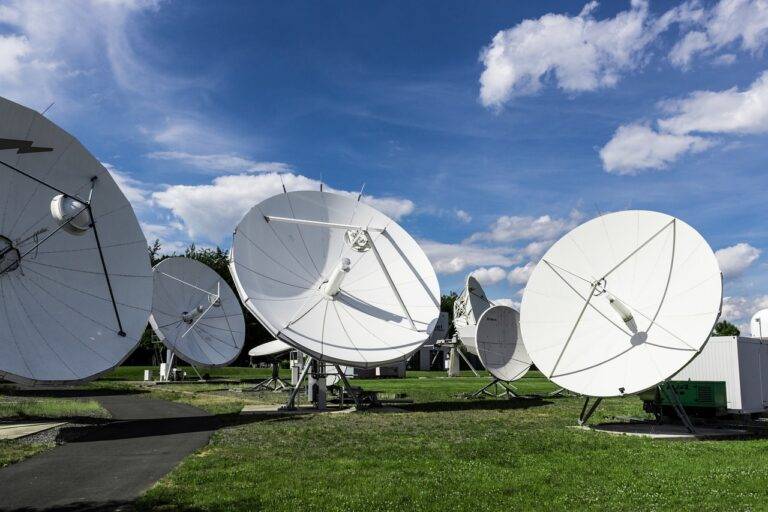The Impact of AI in Wildlife Conservation: Wildlife Population Monitoring Techniques
Artificial intelligence (AI) is increasingly becoming a valuable tool in wildlife conservation efforts worldwide. By utilizing AI technologies, researchers and conservationists are able to collect, process, and analyze vast amounts of data more efficiently than ever before. This enables them to track and monitor wildlife populations, identify patterns and trends, and make informed decisions to protect endangered species.
One key application of AI in wildlife conservation is in monitoring and tracking animals. By employing techniques such as remote sensing and camera traps integrated with AI algorithms, researchers can accurately identify and catalog individual animals, monitor their behavior and movements, and assess population dynamics in real-time. This level of detailed monitoring allows conservationists to take proactive measures to address threats and challenges facing wildlife, ultimately contributing to the preservation of biodiversity and ecosystems.
Challenges in Monitoring Wildlife Populations
Monitoring wildlife populations poses a significant challenge due to the vast and often remote habitats that many species inhabit. This can make it difficult for researchers to accurately track and gather data on the number and behaviors of various animals. Additionally, factors such as weather conditions, terrain, and limited access to certain areas can further complicate the monitoring process.
Technological limitations also contribute to the challenges in monitoring wildlife populations. Traditional methods such as direct observation and camera traps have their limitations in terms of coverage and accuracy. As a result, there is a growing need for innovative technologies, such as drones and satellite imagery, to supplement traditional monitoring efforts and provide a more comprehensive understanding of wildlife populations.
How can artificial intelligence be used in wildlife conservation?
Artificial intelligence can be used in wildlife conservation for tasks such as analyzing camera trap images, tracking animal movements, and identifying species based on their vocalizations.
What are some of the challenges in monitoring wildlife populations?
Some challenges in monitoring wildlife populations include the vast and remote habitats where many species live, the high cost of equipment and technology needed for monitoring, and the difficulty in accurately counting and tracking animals over time.
How can advancements in technology help overcome challenges in monitoring wildlife populations?
Advancements in technology, such as drones, satellite imaging, and GPS tracking devices, can help overcome challenges in monitoring wildlife populations by providing more accurate data collection, real-time monitoring capabilities, and a better understanding of animal behavior.
Why is it important to monitor wildlife populations?
Monitoring wildlife populations is important for conservation efforts, as it allows researchers to track population trends, identify threats to species survival, and assess the effectiveness of conservation strategies over time.
What are some ways that individuals can get involved in monitoring wildlife populations?
Individuals can get involved in monitoring wildlife populations by volunteering for citizen science projects, participating in wildlife surveys, or supporting conservation organizations that work to protect and monitor endangered species.





